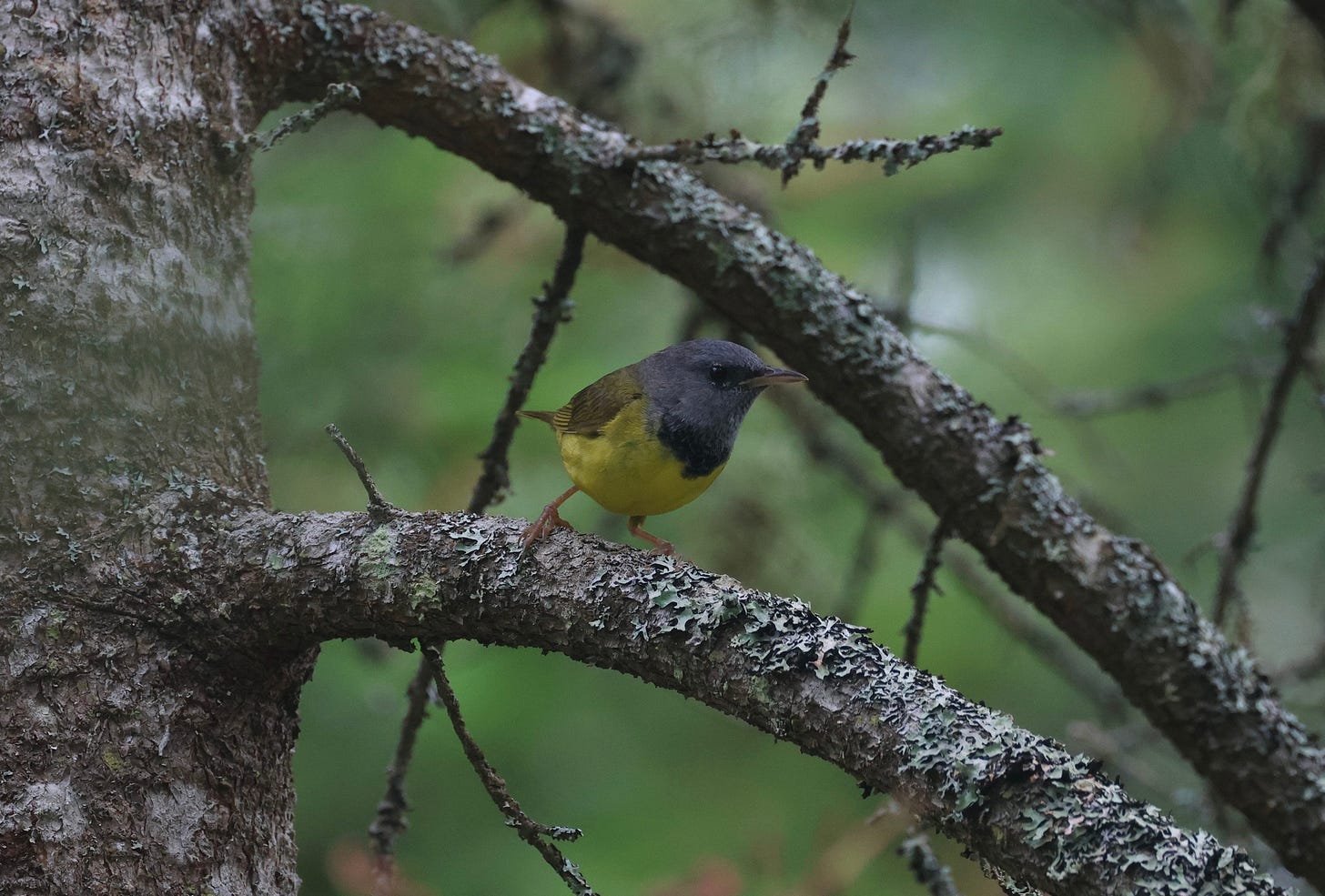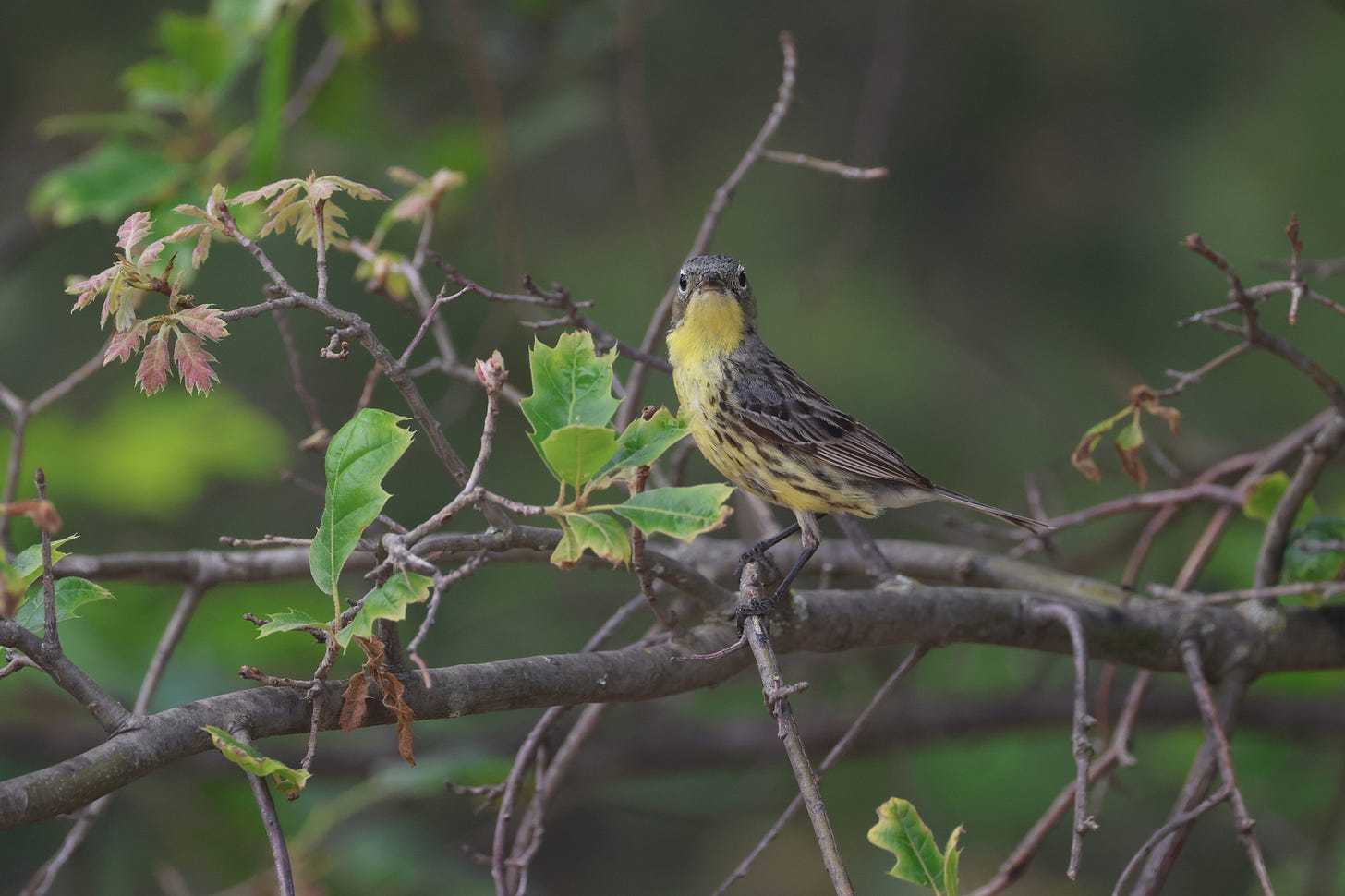project x, or the time nyc parks released lots of wild animals into the parks
probably not the best solution to fix the environment tbh

if i told you that under the rudy giuliani administration, new york city funded a doomed endeavor called “project x,” your reply would probably be “that makes sense.” but when i tell you about project x, i think you might still be a little surprised.
what was project x? well, in the late 1990s, nyc parks commissioner henry stern had the urban park rangers release native plants and animals into the nyc parks. the project’s aims were to first, get people excited about native wildlife, and second, help some local species re-establish themselves in the area. no one talks about the project anymore so i don’t think it worked, but it’s silly to look back on today.
before we talk about project x, i think it’s worth talking about henry j. stern. stern served as a councilman-at-large for manhattan, a position that has since been abolished, before ed koch appointed him the commissioner of parks and recreation. he was parks commissioner under rudy giuliani as well. as part of his tenure, he mandated animal-themed sculptures be built at every playground, and that flagpoles flying the usa and nyc parks flags be erected all over. he also made all of the parks employees give themselves park names that they’d use when talking to each other. his was “starquest,” which nyc parks used in official communiques.
stern was frequently accused of overseeing a culture of racism and bias at nyc parks, leading to lawsuits against the city. ultimately the city settled the lawsuits for $21 million.

project x was stern’s brainchild. in its inaugural year, urban park rangers introduced ten species of native plant and animal including butterfly weed, wood frogs, and groundhogs. the following year, they introduced screech owls, painted turtles, bobwhites, american chestnuts, monarchs, and gray tree frogs. they also built bat boxes and did other habitat restoration, according to a 1998 new york times article.
how well-thought-out was this project, versus the rigorously researched reintroductions you might read about elsewhere? well, in a lot of cases it seems like project x featured lots of a dump-and-praying. when talking about the releases, the former commissioner said: “they don’t always do well but we are giving them a chance to survive where they once were.” i’m sure i could do a public records request to see just how much planning went into it, but older birders i’ve spoken to have said that it didn’t seem like there were broader habitat changes to coincide with the releases.
scientists at the time were perplexed. one called it a “shot in the dark,” according to the new york times article. when referring to a luna moth release, conservation biologist dale schweitzer told the times that “i really think that if an area does not have luna moths now, it's probably because it's not capable of sustaining a population. at best it's a waste, or it could be something a lot worse.”

and indeed, many, if not most of the project x releases failed. some plantings died en masse because they didn’t take to the habitat or because people trampled on them. i haven’t been able to find long-term studies of whether any of the project x releases worked; there are definitely still groundhogs in the bronx, for example, though it’s unclear whether they’re from the project, animals that were always there, or animals dumped there by gardeners. none of the progeny of the two dozen screech-owls released in central park in 1998 and 2001 are around today.
it’s pretty clear why such a scheme would fail. while some of the city’s parks are well-maintained, others have been utterly transformed by the likes of porcelainberry, red-eared sliders, off-leash dogs, mountain bikes, pesticides, climate change, and countless other forces that would make it hard for extirpated species to re-establish themselves. or, in short, the reasons species left in the first place haven’t been fixed.
and personally, i think it’s kind of cruel to take a bunch of wildlife and put them back into an environment that the species already decided couldn’t support them.
species reintroduction can work if done right. it’s typically a large-scale, scientific endeavor, requiring a study of the ecosystem changes that caused a species to leave, fixing the issues that forced the species out, and then re-introducing the species in a controlled way into the upgraded habitat. it’s intricately planned and intensely monitored—like the famous california condor or przewalski’s horse introductions of the western united states and east asia, respectively. these introductions are usually part of an overarching ecosystem management plan.
reintroductions can be successful here in the city, too, if you actually treat the city like an ecosystem. for example, on governor’s island, horticulturalists plant and introduce a variety of local plants with an experimental ethos, kill invasives, monitor how the plants are doing, and take note of which plants succeed and why—as part of a broader mission to build a climate-resilient ecosystem. and, though not explicitly a reintroduction, conversion and maintenance of the habitat atop the former fresh kills landfill has allowed the state-threatened grasshopper sparrow to establish itself and breed there in numbers.
so often, people think about nature with such a myopic, self-serving, simplistic perspective that at best, their boneheaded plans are a waste of time and resources and at worst, can cause harm. if you want to help make the world better, you at least have to do so thoughtfully and as part of a broader effort. idk, it’s kind of like how there are a million startups trying to sell bamboo toothbrushes to fix the planet instead of, i don’t know, actually helping to fix the planet. if we manage to turn things aroun, it’s not going to be one person doing one meaningless thing—it’ll be a conscious, organized, well-thought-out effort.
postscript
you get a month more of me complaining about how much work it is to write a book and then hopefully things will cool down a bit at the end of july (and hopefully my posting frequency will increase). but until then, it’s a lot of work!
below i’ve posted a few of the warblers i saw last week on our annual visit to michigan (which this year i used like a writer’s retreat). northern michigan is really a warbler paradise, and i’ve documented at least probable breeding of 18 warbler species on the bronx-sized island we visit annually. this year, i added mourning warbler and canada warbler to my list by driving around every nook of the island scoping out appropriate habitat. and of course, we always go visit the kirtland’s warblers on the drive home. this year, a feisty juvenile flew right across the car and perched in a tree by the road for us.





